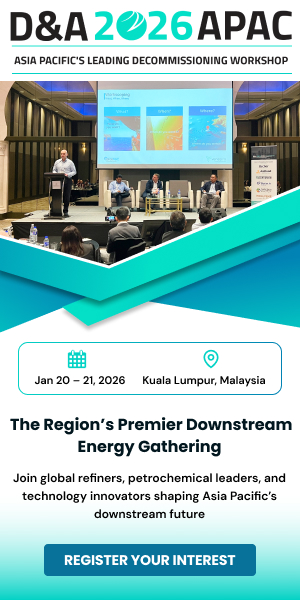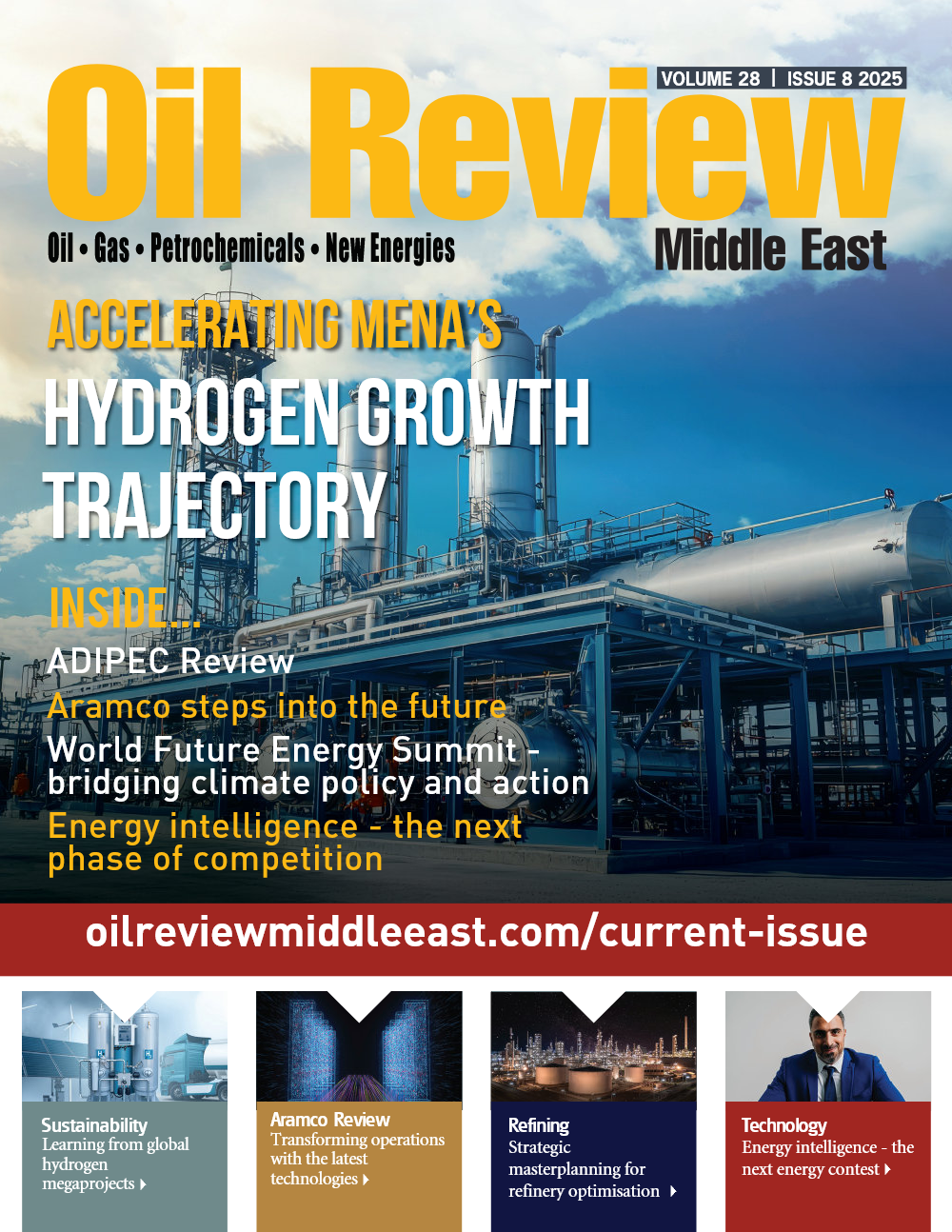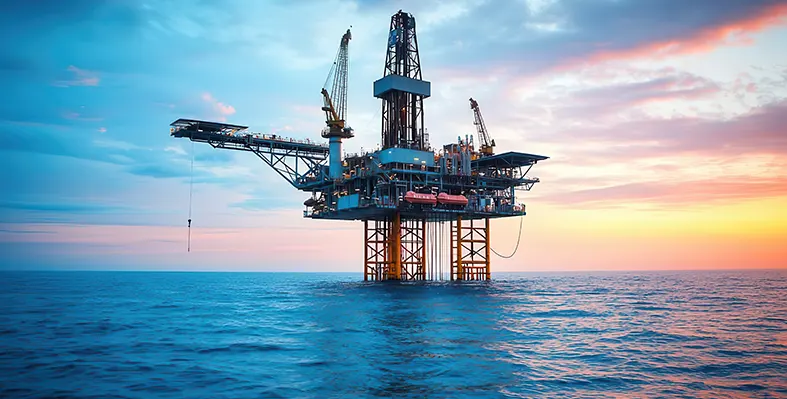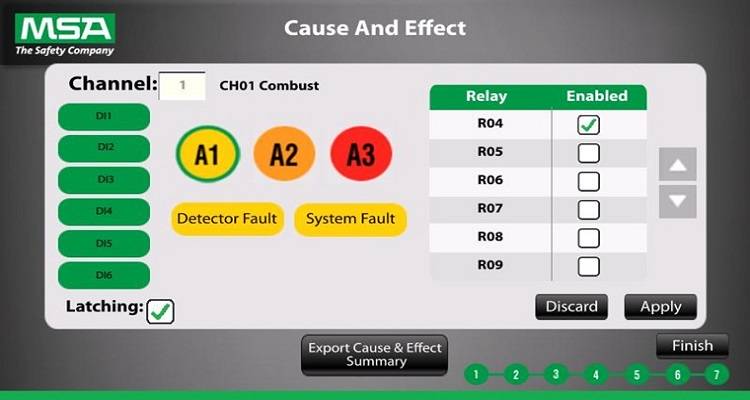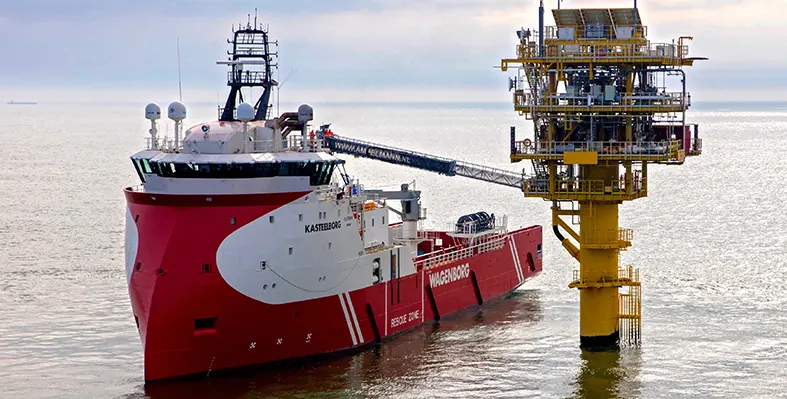In The Spotlight

The contract will help unlock the potential of Saudi Arabia’s unconventional gas resources. (Image source: SLB)
SLB has been awarded a five-year contract by Aramco to provide stimulation services for its unconventional gas fields
This award is part of a broader multi-billion contract, supporting one of the largest unconventional gas development programmes globally.
The contract encompasses advanced stimulation, well intervention, frac automation, and digital solutions, which are important to unlocking the potential of Saudi Arabia’s unconventional gas resources – a cornerstone of the Kingdom’s strategy to diversify its energy portfolio and support the global energy transition.
“This agreement is an important step forward in Aramco’s efforts to diversify its energy portfolio in line with Vision 2030 and energy transition goals,” said Steve Gassen, executive vice president, Geographies, SLB.
“With world-class technology, deep local expertise, and a proven track record in safety and service quality, SLB is well positioned to deliver tailored solutions that could help redefine operational performance in the development of Saudi Arabia’s unconventional resources.”
Aramco has revised its 2030 gas production capacity growth target upwards, from more than 60% to around 80% over 2021 production levels. The US$100bn Jafurah project, the largest unconventional gas field in the region, is estimated to contain 229 trillion standard cubic feet of raw gas and is forecast to produce 2 bcfd by 2030. The first phase of the Jafurah gas plant is complete and production has begun with a capacity of 450mn cubic feet per day, according to official statements.
The Middle East could lead the way in shaping a tech-empowered energy workforce, says Stephen Marcos Jones, chief executive officer, OPITO
The energy industry’s greatest asset has always been its people; the engineers, technicians, and operators whose expertise keeps complex systems running safely and efficiently. Every innovation, every safety milestone, and every major project has relied on the expertise of the workforce behind it.
That foundation is now evolving. As pressure on existing assets rises and new types of energy infrastructure come online, the diversification of skills required from energy workers is rapidly increasing. Adding to this, is something pervading all operations - advanced technology, which has moved from pilot projects to the operational core. From predictive maintenance and automated drilling to AI-driven safety monitoring and virtual reality safety simulations, digital tools are augmenting how work gets done and what’s expected of the people doing it.
But in this new landscapethe pressing point isn’t actually how technology will reshape energy, but how people will with these new tools at their fingertips. And perhaps nowhere is that question more urgent, or more promising, than in the Middle East, a region that stands out for both its ambition and its readiness. The question is, can it lead the way in building an energy workforce that is not just tech-enabled, but tech-empowered?
From uncertainty to capability
If we zoom in on AI as an example of advanced technology, until recently, the conversation about the application of AI in energy was filled with uncertainty: what would it automate, what would it replace, and what would that mean for people and their jobs? That debate has moved on. The real question now is how people and technology can work effectively together.
Across refineries, rigs, and control rooms, AI and advanced tech is already embedded in daily operations from predictive maintenance to digital twins and smart safety systems. Now, as the energy sector continues down this road of augmented intelligence, success - in terms of safety, productivity, and competitiveness - will hinge on ensuring people are equipped to lead that transformation, not be left behind by it.
This requires confidence. The human workforce must be able to interpret, validate, and act on the data that technology delivers. Ultimately, success will not be defined by how much technology an organisation adopts, but by how well its people understand and apply it.
Why the Middle East is leading this shift
Few regions are better placed to lead this transformation. The Middle East’s energy workforce has long powered its global influence. Now its deep operational expertise coupled with the region’s push for digital transformation through rapid advances in AI, automation, and broader technology is creating a powerful convergence between people and technology.In fact, the UAE and Saudi Arabia both rank among the world’s top three AI superpowers, integrating AI into national economic and industry agendas.
So, where globally, studies, including the WEF’s Future of Jobs Report, predict that nearly a quarter of jobs will evolve significantly by 2027, with technology as a major influencer, in the Middle East, this projection is already happening.
Furthermore, a recent IDC study showed over 40% of UAE businesses already deploy AI in operations, while nearly two-thirds say their adoption pace has quickened over the past two years. Yet, the real challenge isn’t simply access to technology or even how quickly the industry can implement it because in an industry where operational risk is measured in lives and livelihoods, speed without preparation is not an option.
Closing the confidence gap
The focus must now turn to readiness, building the confidence, governance, and training frameworks to ensure that every worker, at every level, is both competent and comfortable harnessing new technologies safely and effectively. The latest ADNOC report, Powering Possible, made this clear, highlighting that workforce gaps are still one of the biggest barriers, and that bringing responsible AI into energy operations is essential for safety and confidence. The report also found that 78% of leaders see talent and training as major challenges when it comes to adopting and using AI.
Many forward-thinking energy companies and education partners are already helping to close this gap, to ensure that progress is not just accelerated, but sustained. Robust training systems and recognised skills frameworks are increasingly seen as essential in the energy sector. Staying ahead of AI requires a proactive stance, not a retrospective one. Across the region, workforce development organisations are embedding digital learning tools, from VR simulations to digital twins, into competency programmes, helping operators ensure their people are fully prepared for AI-enabled operations.
A workforce built for the AI era
As the energy transition accelerates, the Middle East region has a unique opportunity to lead in both technology and talent. Its ability to pair digital ambition with workforce empowerment could define how the global industry approaches this new wave of technology.
That means rethinking learning systems, certification models, and cultural expectations to create pathways where technology enhances human expertise rather than replaces it.
The Middle East is already on the right path to power the energy systems of the future and to shape what a truly tech-empowered workforce looks like. The region’s energy transformation may have added technology as a new fuel for progress, but its true power still lies in the people who are properly prepared to use it.
Wood has maintained record sales booking in the Middle East for two years straight as it reported more than US$1bn in contract wins across the region in 2025
This marks a 20% increase over awards in 2024, led by regions such as United Arab Emirates (UAE), Iraq, Kingdom of Saudi Arabia (KSA), Bahrain, Kuwait, Oman and Qatar.
The largest award bagged this year has been an engineering, procurement and construction management (EPCM) contract for the expansion of the ADNOC Gas Habshan facility. This comes with the scope for substantial upgrades, operational efficiency improvements, brownfield modifications and the installation of new facilities.
Other deals include project management and engineering services for PetroChina at the West Qurna 1 oilfield in southern Iraq, and project management consultancy (PMC) to TA’ZIZ for the development of the UAE’s first methanol production facility in Al Ruwais Industrial City, Abu Dhabi.
Multiple decarbonisation contracts for flare gas reduction and carbon efficiency project solutions has also been secured across the largest oil fields in Iraq.
"Our continued success in the Middle East shows the trust clients place in our teams and our ability to deliver complex projects at scale in support of national ambitions. In 2026, we’ll build on that momentum by strengthening our local presence and developing talent to drive sustainable growth," said Gerry Traynor, president of projects-Eastern Hemisphere.
"This year we’ve delivered critical solutions across the Middle East to improve asset reliability and cut emissions. In 2026, we’ll build on this success by expanding our operations and maintenance services in the region. Our focus is on proven approaches to asset management and modifications that improve efficiency and reduce downtime - practical steps that strengthen energy security and decarbonisation," said Ellis Renforth, president of operations for Europe, Middle East and Africa.
"Decarbonisation and digitalisation remain central to how we support clients in the Middle East. This year, we launched our specialist Middle East Energy Transition and Digital & AI Hubs to further support clients in accelerating emissions reduction while unlocking efficiencies through AI-driven solutions. This in-region advisory enables practical pathways to carbon reduction while supporting national visions for a sustainable energy future. Delivery has already spanned initiatives such as minerals procurement, hydrogen production facilities, and carbon capture and storage infrastructure," said Stuart Turl, vice president of Middle East Consulting.
-
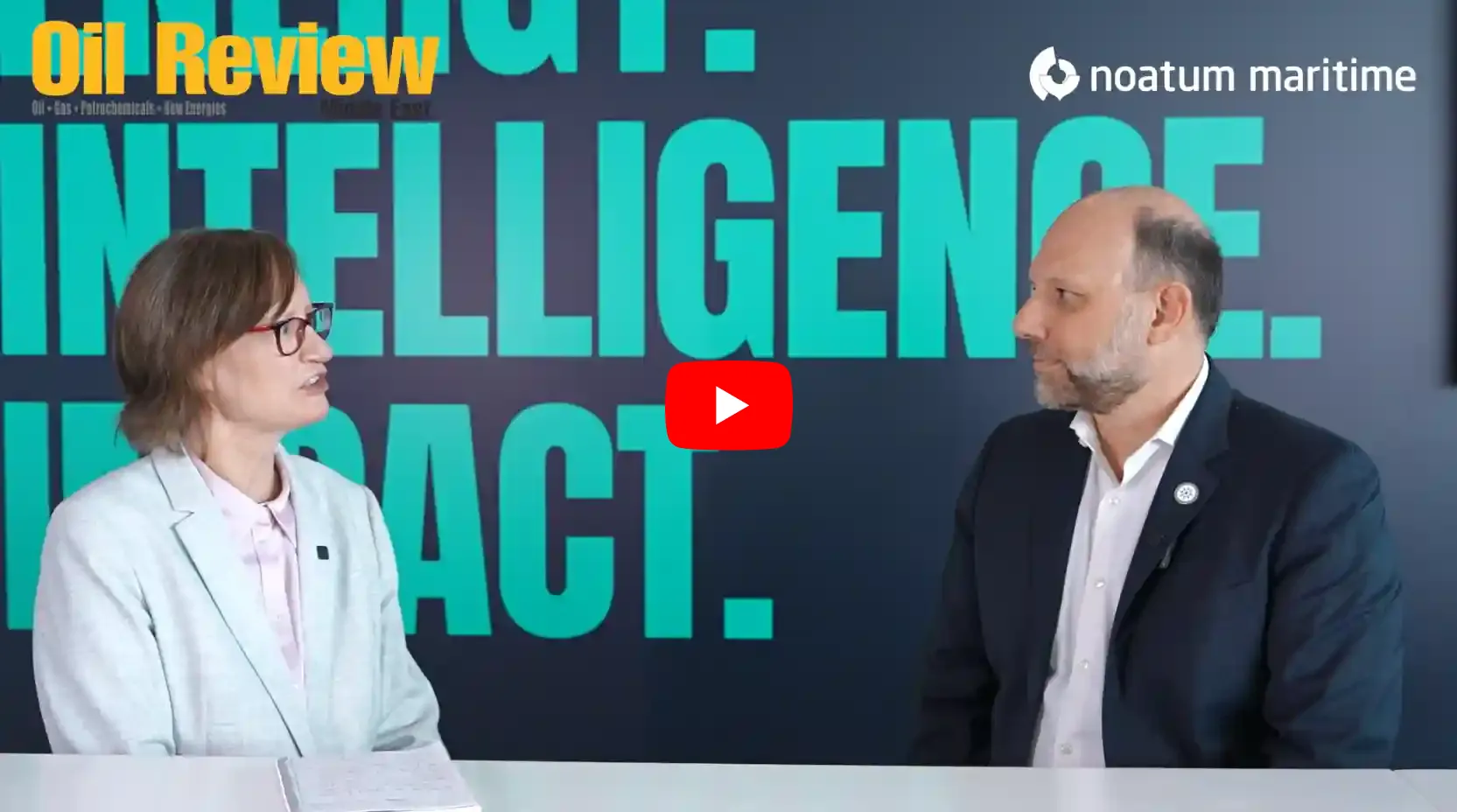
Exclusive Interview with Friedrich Portner, Maritime Cluster, AD Ports Group
-

Exclusive Interview with Kevin Killeen, MSA Safety
-
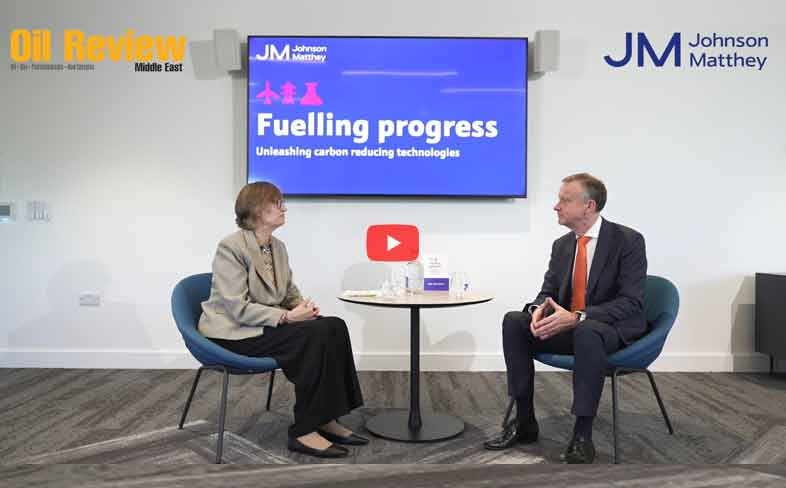
Exclusive Interview with Maurits van Tol, Johnson Matthey
-

GPT Industries - Iso-Smart
-
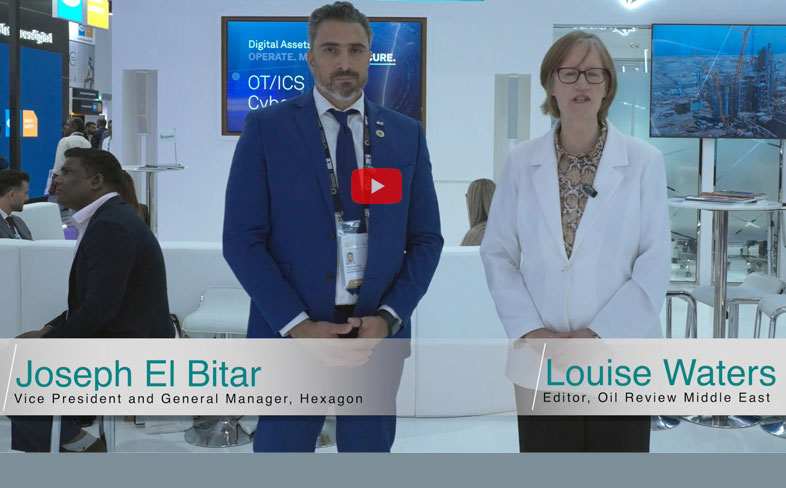
ADIPEC 2024 - Exclusive Interview with Joseph El Bitar, Hexagon
-
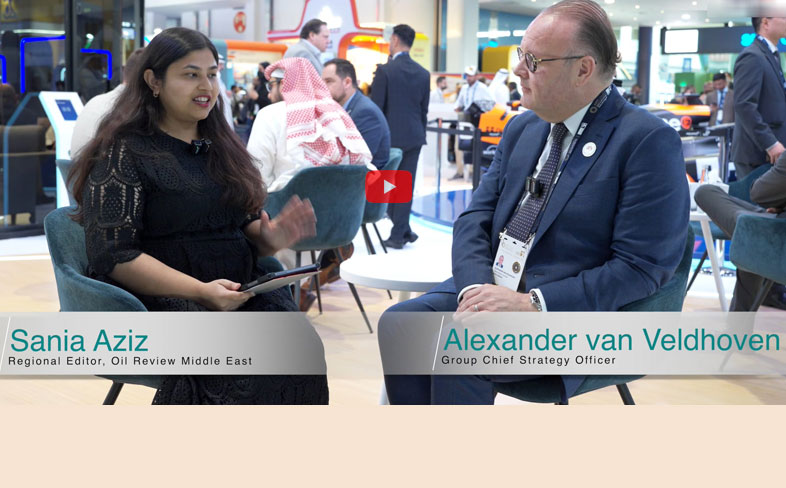
ADIPEC 2024 - Exclusive Interview with Alexander van Veldhoven, Bapco Energies
-
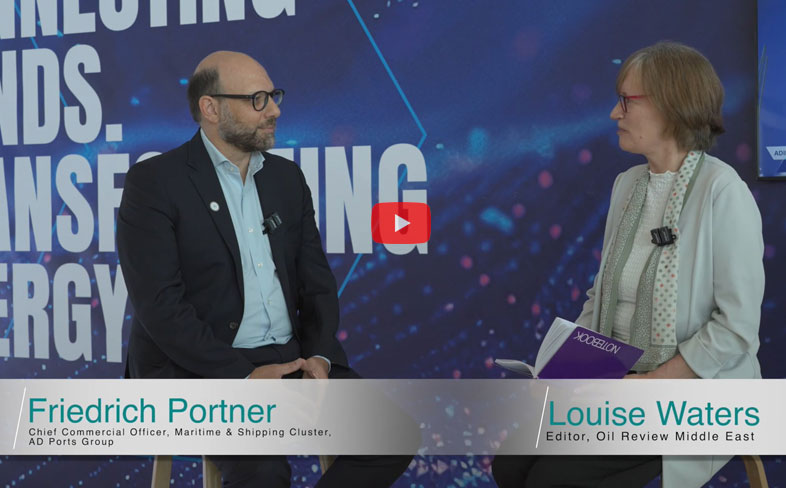
ADIPEC 2024 - Exclusive Interview with Friedrich Portner, Safeen Group
-

ADIPEC 2024 - Exclusive Interview with Kevin Brilz, Fishbones
-
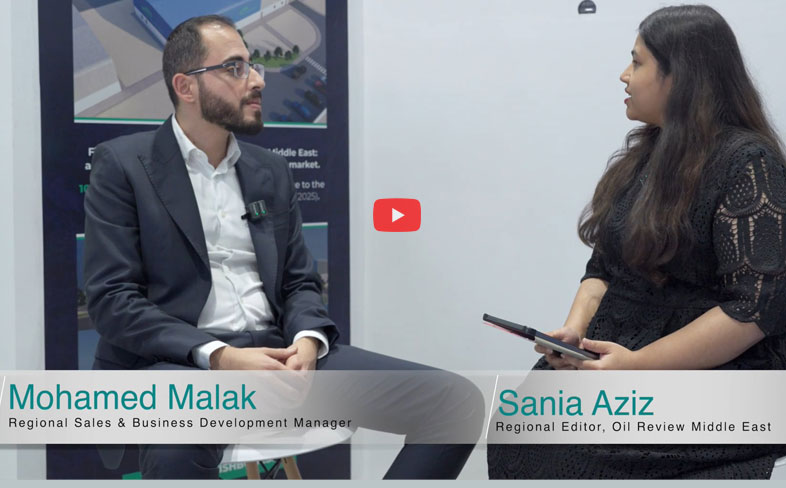
ADIPEC 2024 - Exclusive Interview with Mohamed Malak, Fishbones
-

ADIPEC 2024 - Exclusive Interview with Dileep Divakaran, SLB
-
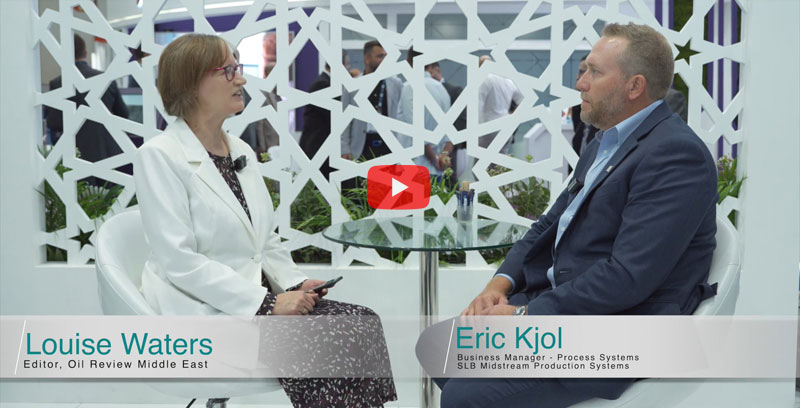
ADIPEC 2024 - Exclusive Interview with Eric Kjol, SLB
-
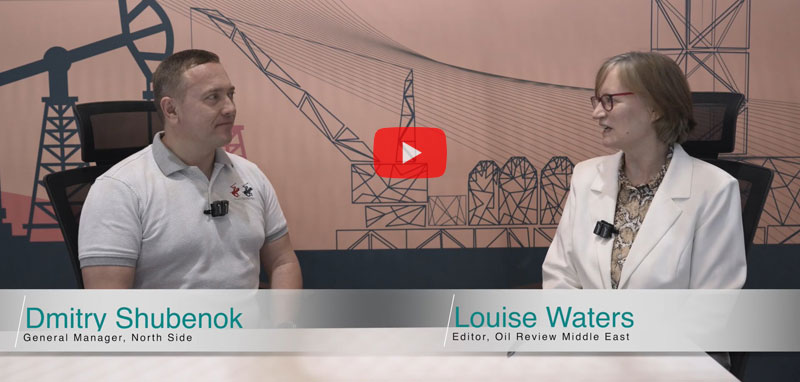
ADIPEC 2024 - Exclusive Interview with Dmitry Shubenok & Aleksandr Dolgikh, North Side
-
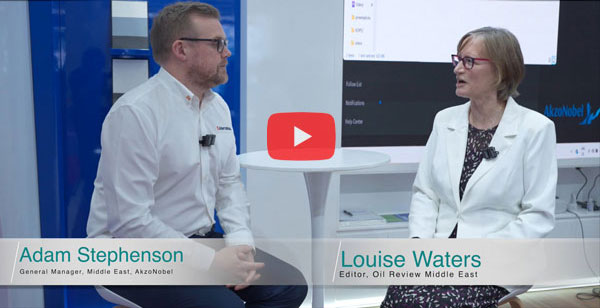
ADIPEC 2024 - Exclusive Interview with Adam Stephenson, AkzoNobel
-
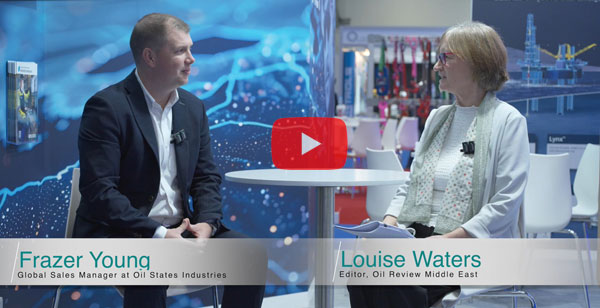
ADIPEC 2024 - Exclusive Interview with Frazer Young, Oil States
-
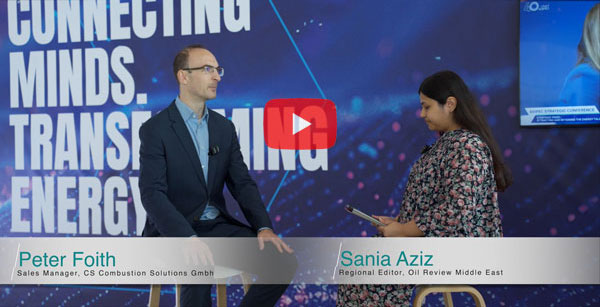
ADIPEC 2024 - Exclusive Interview with Peter Foith, CS Combustion Solutions GmbH
-

Exclusive interview with Maurits van Tol
-
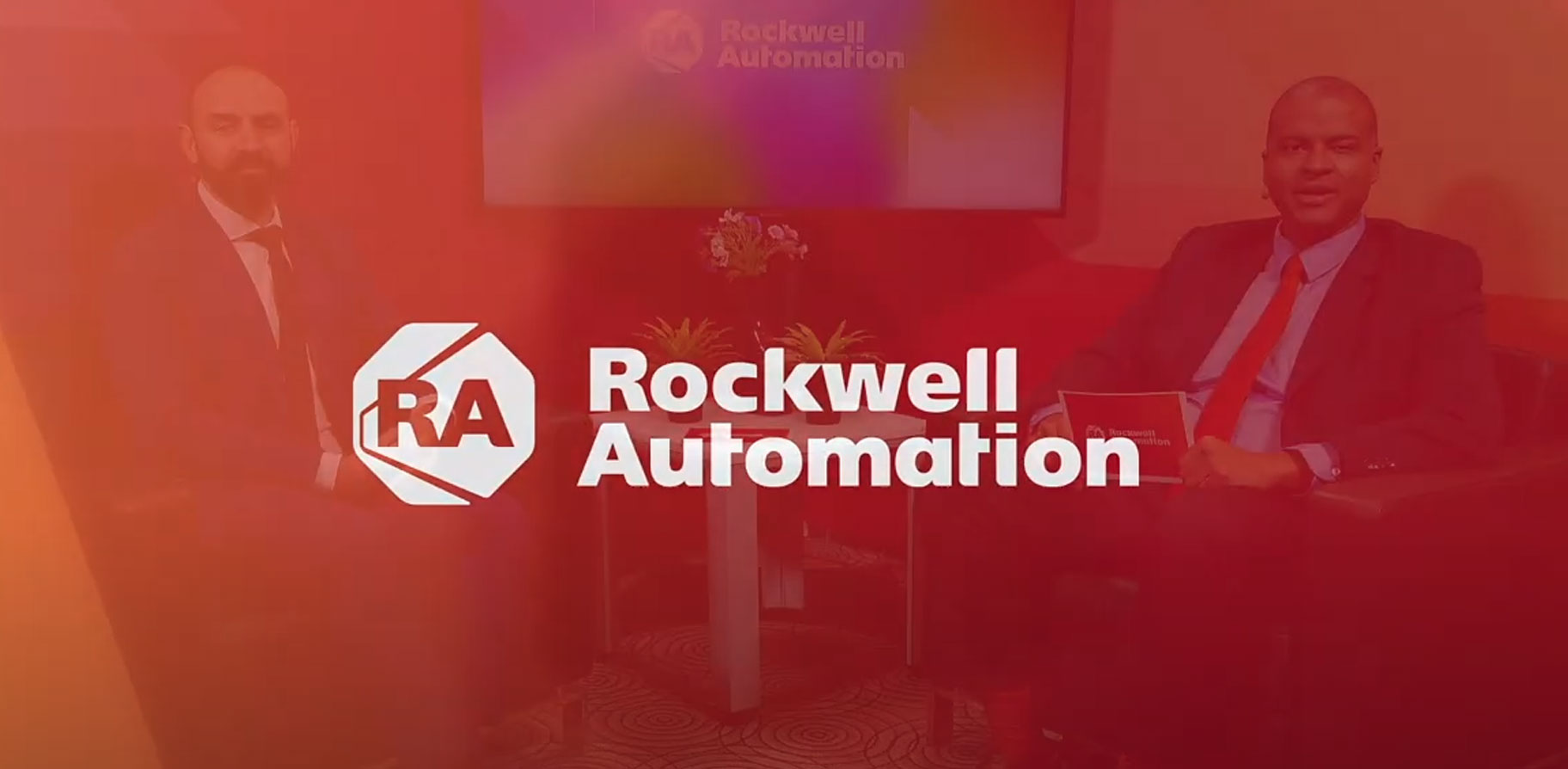
Rockwell Automation interview with Sebastien Grau

The partnership signifies the region's exploration expansion. (Image source: Egypt's Ministry of Petroleum and Mineral Resources)
Egypt's Ministry of Petroleum and Mineral Resources has entered into a new oil and natural gas exploration agreement with British company Terra Petroleum
The partnership signifies the region's exploration expansion and production optimisation ambitions as Terra Petroleum steps into the region for the first time.
The contract gives Terra Petroleum access to the Northwest Maghra concession of the Western Desert to drill three wells, leading up to initial investments of approximately US$6.5mn. Additionally, the contract also leaves scope for two-dimensional and three-dimensional seismic surveys at the concession area.
Speaking of the deal, Minister of Petroleum Karim Badawi said that the agreement stands testament to the growing interests of international companies towards the region and their willingness for investment. As it builds trust in the Egyptian petroleum sector's investment climate, the Ministry is actively addressing policies and developments to support an encouraging work environment for global investors, and accelerate oil exploration and production rates.
Players in Egypt has been experiencing big developments in the exploration and production front with Dana Petroleum being the latest example. It has recently made a significant gas discovery following the drilling of the North El-Basant 1 exploratory well in Egypt’s onshore Nile Delta.
Richard Hall, CEO, Dana Gas, said, “The latest drilling success reinforces the value of our investment programme in Egypt and highlights the significant remaining potential within the Nile Delta. The North El Basant-6 result builds on the momentum of our earlier wells and supports our efforts to increase domestic gas supply and reserves. By increasing local gas production, the programme will help reduce Egypt’s reliance on imported LNG and fuel oil and is expected to generate more than one billion dollars in savings for the national economy over time."

The agreement will evaluate the potential for heavy crude oil production in Block 71 using Salamander's advanced electric heating technology. (Image source: Adobe Stock)
The Ministry of Energy and Minerals (MEM) of the Sultanate of Oman has signed a Feasibility Study Agreement with Westlawn Middle East LLC (WLME) and Salamander Solutions Middle East LLC (SSME) to evaluate the potential for heavy crude oil production in Block 71 using Salamander's advanced electric heating technology
Under the agreement, WLME and SSME are granted the rights to drill appraisal wells in Block 71 to evaluate the technical and commercial viability of applying the proprietary technology to one of the country's most challenging high potential reservoirs.
The study will conmmence immediately and is expected to conclude within two years. If is is successful, the parties will look to negotiate a long-term concession agreement.
"This is our first transaction in Oman since establishing our in-country presence in 2024, and we are delighted to partner with the Ministry of Energy and Minerals and Salamander Solutions. We look forward to unlocking significant value for the country," said Chadi Letayf, executive vice president, Westlawn.
Hatem Haidar, CEO of Salamander Solutions, added, "This agreement marks a significant milestone in deploying our proprietary electric heating technology in the Middle East. We are excited to partner with the Ministry of Energy and Minerals and Westlawn to demonstrate its value in unlocking complex reservoirs."
Salamander's heater cable technology is a robust and reliable solution capable of operating at higher temperatures, higher power, and at greater lengths than previously considered possible. At the heart of every Salamander heater is a HVMI mineral insulated (MI) electrical cable with a stainless steel sheath, developed specifically to provide unprecedented heat injection levels over continuous long- or short-term deployments.
Oman is a global leader in deploying enhanced oil recovery (EOR) technologies such as thermal EOR to boost production from mature oilfields, which have been instrumental in turning around declining production.
Aramco, Honeywell and King Abdullah University of Science and Technology (KAUST) are collaborating to scale up the development of Crude-to-Chemicals (CTC) technology in a bid to maximise the value of crude oil and reduce costs associated with CTC conversion
The new CTC pathway will entail converting crude oil directly into light olefins and other high-demand chemicals, resulting in improved fuel efficiency, carbon utilisation, and process economics—allowing for more efficient and cost-effective production at scale.
The collaboration aligns with Saudi Arabia’s Vision 2030 by helping to advance economic diversification, build national research and technology capabilities, and strengthen the Kingdom’s position in the global chemicals market, combining academia and industry expertise to accelerate technology development and national capabilities.
Dr. Ali A. Al-Meshari, Aramco senior vice president of technology oversight & coordination, said, “This collaboration with Honeywell UOP and KAUST furthers Aramco's efforts to drive innovation and shape the future of petrochemicals. By harnessing the power of cutting-edge technologies, we aim to enhance energy efficiency and unlock increased value from every barrel of crude. This novel Crude-to-Chemicals process is aligned with our vision of supporting the global transition towards cleaner, high-performance chemical production. Moreover, this initiative demonstrates our focus on contributing to the growth of a vibrant ecosystem, where the deployment of innovative technologies can create lasting value for our stakeholders, our communities, and the environment.”
Rajesh Gattupalli, Honeywell UOP president, added, “This agreement marks a defining moment in our strategic collaboration with Aramco and KAUST – and in the global evolution of Crude-to-Chemicals technology. With Honeywell UOP’s deep expertise in catalytic process design and commercial scale-up, we’re well positioned to drive this innovation forward.”
QatarEnergy LNG has onboarded Saipem, along with Offshore Oil Engineering Co. Ltd. (COOEC), for the delivery of offshore engineering procurement construction and installation (EPCI) services
Known to be the largest 'non-associated' natural gas field off the north-eastern coast of Qatar, the NFPS project is being leveraged by QatarEnergy LNG to hit its production optimisation goals.
Worth around US$4bn, the contract requires the partners to provide a COMP5 package for the North Field Production Sustainability (NFPS) Offshore Compression Complexes project.
Spanning over a service period of five years, Saipem will be covering engineering, procurement, fabrication and installation of two compression complexes, each including a compression platform, a living quarter platform, a flare platform supporting the gas combustion system, and the related interconnecting bridges. These complexes, which will be weighing no less than 68,000 tons each, and other offshore installations will be carried out by Saipem''s De He construction vessel.
Currently Saipem is executing the previously ordered contracts on the same project, involving the EPCI COMP2 and COMP3 packages.
Saipem's complicated, large-scale services are supported by five fabrication yards and an offshore fleet of 17 construction vessels owned and 12 drilling rigs, of which 9 owned. The company's approach to major projects involves sustainability and digital innovation.
Despite advances in digital technology, many oil and gas sites across the Middle East still rely on manual entry for tank and vessel inspections, resulting in days of downtime, high scaffolding costs and risk to human life
What if you could change all that with drone technology?
Inspections drones such as the Elios 3 are revolutionising the world of confined space inspections, improving safety, reducing downtime and enhancing operational efficiency.
Join us for an exclusive live webinar hosted by Flyability in association with Oil Review Middle East on ‘Transforming oil and gas operations with the Elios 3 drone’ on Tuesday 2 September at 2pm GST. Industrial experts will explain how drones such as the Elios 3 are transforming confined space inspections, and how you can integrate this technology into your operations seamlessly.
Key highlights:
Drone integration: learn how to safety and effectively implement drones in confined space
Safety and training: understand essential safety protocols and training strategies for your team
ROI: discover how to measure and achieve a strong return on investment with drone technology
Real world use cases: hear from the engineers using drone tech in the field on the impact Elios 3 is having on in oil and gas inspections.
Speakers and host:
Fabio Fata – senior sales manager, Flyability (moderator)
Eralp Koltuk – inspection lead engineer, Tüpraş
Danijel Jovanovic – director of operations, ZainTECH
Take your operations to the next level! Don’t miss out on gaining valuable insights into how drones can make inspections safer, faster and smarter .
From making inspections in hazardous confined spaces much safer to streamlining the whole process and providing valuable real-time data, you will get to see exactly how the Elios 3 is changing the game.
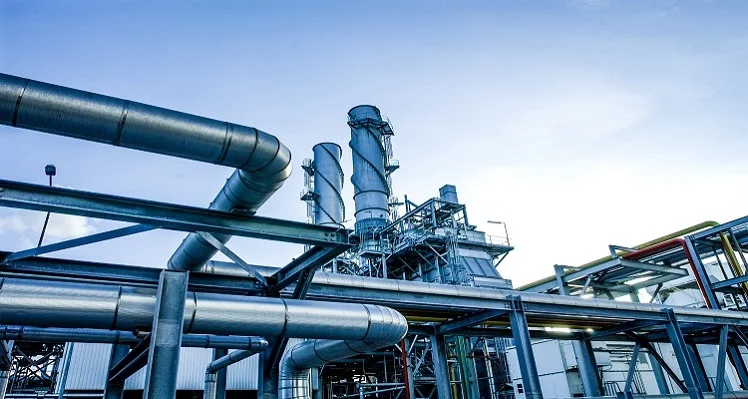
Methane emissions reporting is improving, but more action is needed to reduce emissions. (Image source: Adobe Stock)
Government and industry responses to UN Environment Programme (UNEP) satellite methane alerts rose from 1% to 12% cent in the past year, and oil and gas methane emissions reporting has improved, but action needs to accelerate to achieve the Global Methane Pledge goal of curbing methane emissions 30% by 2030, according to a new UNEP report
Atmospheric methane continues to be the second biggest driver of climate change after carbon dioxide, responsible for about one-third of the planet’s warming, and real-world data is a critical tool to track and reduce methane emissions.
The fifth edition of the UN Environment Programme’s (UNEP) International Methane Emissions Observatory (IMEO) publication, An Eye on Methane: From measurement to momentum, finds that member oil and gas companies of IMEO’s Oil and Gas Methane Partnership 2.0 (OGMP 2.0) are set to track one-third of emissions from global production using real-world measurements. The OGMP 2.0 is the world’s global standard for methane emissions measurement and mitigation in the oil and gas sector. Over the past five years, OGMP 2.0 membership has more than doubled to 153 companies in the countries, covering 42% of global oil and gas production.
One-third of global oil and gas production reports, or will soon report, emissions at OGMP 2.0’s Gold Standard – meaning emissions are tracked with real-world measurements. This positions a large amount of the global industry to effectively measure – and thus mitigate – emissions. One of the companies achieving 'Gold Standard reporting' in 2024 for having effectively achieved the highest levels of data quality is Eni. OGMP 2.0’s 2025 report recognized Eni for its continued progress, including identifying and quantifying emissions across non-operated assets, as well as training and technical assistance on the LDAR (Leak Detection and Repair) approach to fugitive emissions. LDAR training sessions were organised with the support of UNEP and delivered to National Oil Company (NOC) personnel.
The report highlights that while government and company responses to alerts from IMEO’s Methane Alert and Response System (MARS) have grown tenfold over the previous year, nearly 90% remain unanswered, necessitating an increase in response rates. Through MARS, UNEP has sent over 3,500 alerts about major emissions events across 33 countries. These alerts are based on satellite monitoring and artificial intelligence-supported analysis. IMEO has documented 25 cases of mitigation action in ten countries since MARS was launched in 2022, including across six new countries during the past year.
“Reducing methane emissions can quickly bend the curve on global warming, buying more time for long-term decarbonisation efforts, so it is encouraging that data-driven tools are helping the oil and gas industry to report on their emissions and set ambitious mitigation targets,” said Inger Andersen, executive director of UNEP. “But to keep the Paris Agreement targets within reach, the important progress on reporting must translate into cuts to emissions. Every company should join the Oil and Gas Methane Partnership 2.0, and both governments and operators must respond to satellite alerts – then they must act to reduce emissions.”









